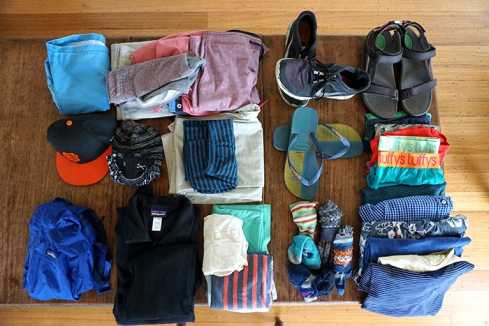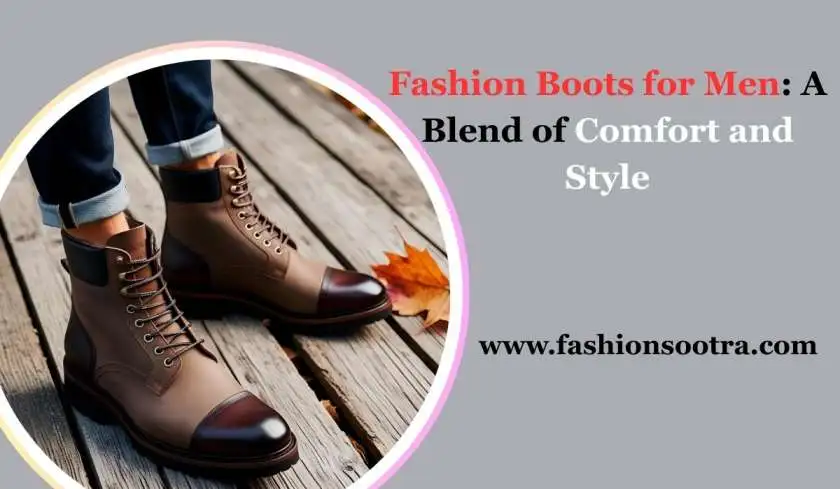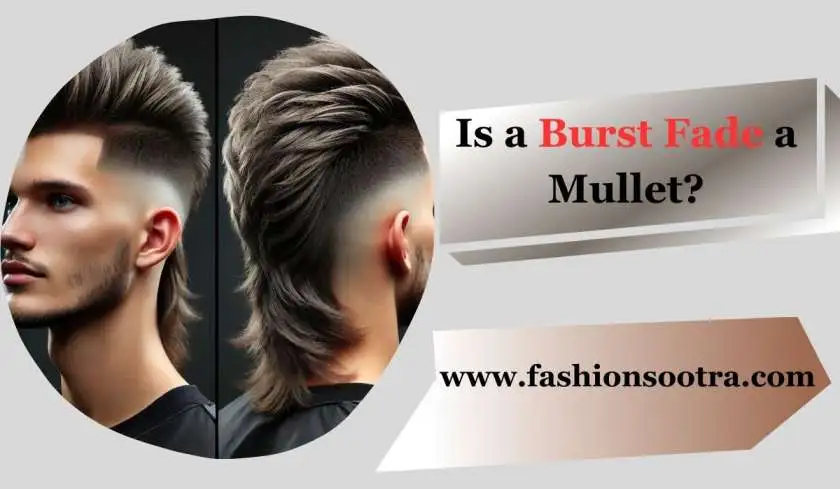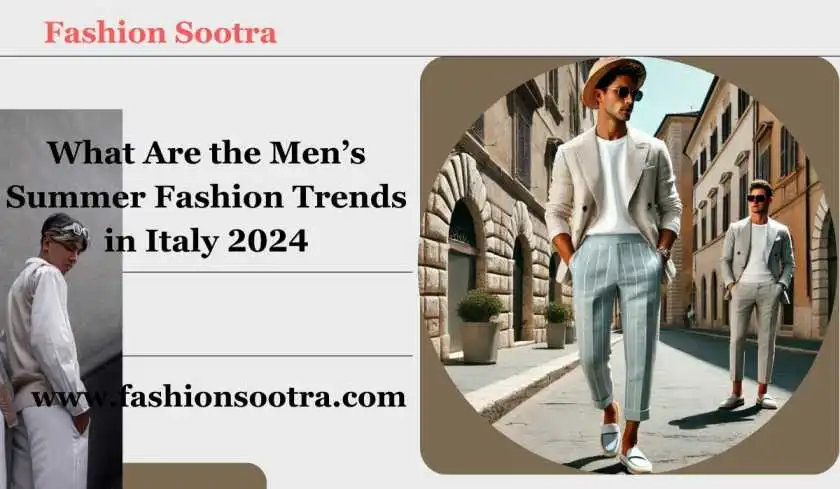Any conversation of 1920s men’s fashion needs to begin with some social setting. The Thundering 20s were a period of extraordinary political, monetary, and social change in the US. After The Second Great War reached a conclusion in 1918, society began to accelerate. Individuals acquired recently discovered opportunities, and they had cash to spend on style, diversion, and family merchandise.
The year 1920 additionally denoted the beginning of the Restriction period and the ascent of clubs, speakeasies, and famous criminals like Al Capone. All things considered, there was an enormous shift from earlier many years, in the public eye as well as in fashion. The Thundering 20s dress achieved notorious and ageless styles, a large number of which aided shape those that exist today.
How Did Men’s Fashion Change in the 1920s?
The Thundering 20s were a period of thriving, tomfoolery, and individual opportunity for both the tip top and the working people. It additionally denoted the ascent of commercialization. Since design mirrors the period, nothing unexpected people's styles began featuring these changes.
During the 1910s, the middle class wore strong, solid garments that would keep going quite a while. The vast majority settled on the neat and tidy look, as well. By the beginning of the men's fashion 1920s, however, styles had become more loose than any other time in recent memory. More producers built garments with gentler textures and marginally looser fits. Formal wear turned out to be more assorted, rich, and impressive, however it was as yet utilitarian.
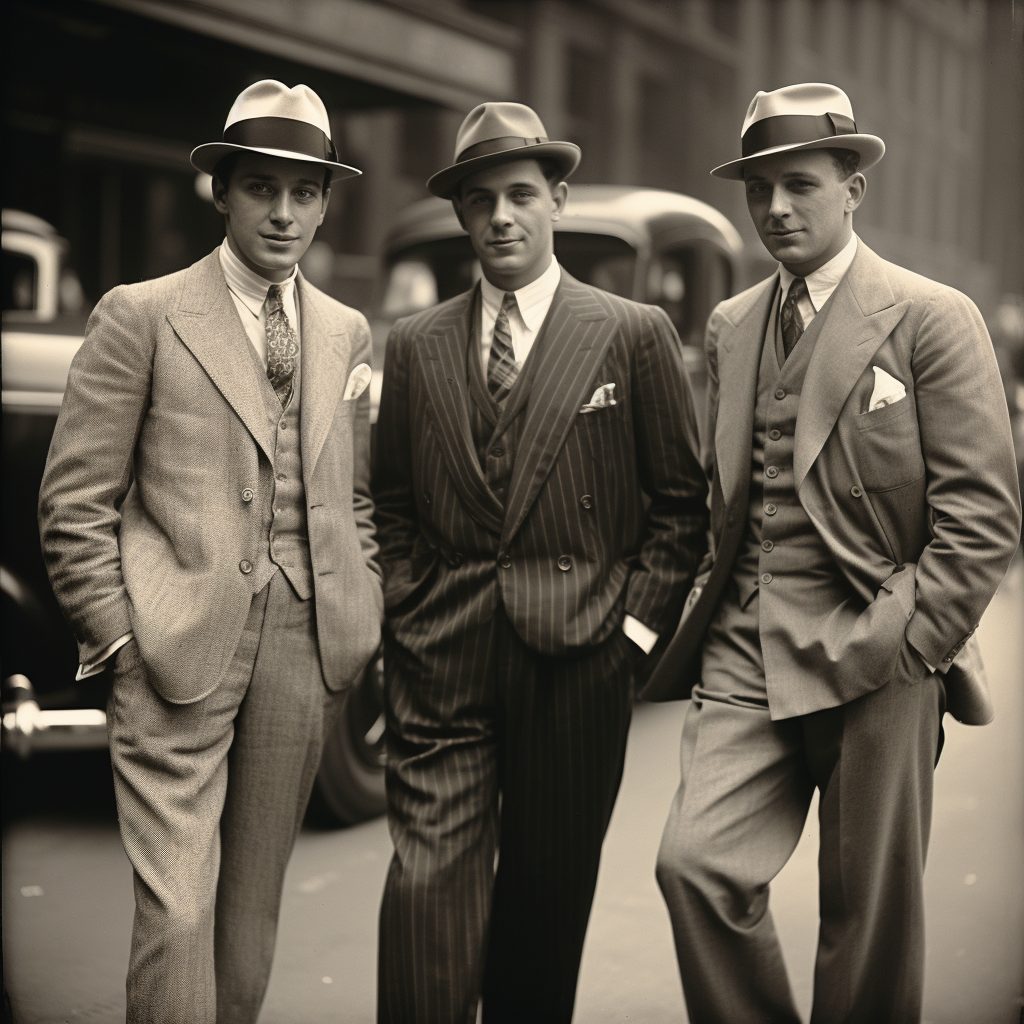
Rich ladies selected more limited skirts, semi-formal gowns, and flapper dresses, the last option of which was first promoted in European design. First class men actually wore custom-made suits as in the past, yet there were a few striking changes.
For a certain something, quite a bit of 1920s men’s fashion was impacted by the ascent of criminals. This incorporated the infamous Peaky Blinders, a road group from Birmingham, Britain that made numerous famous styles like tuxedos and level covers stylish.
Gone were the shoulder braces and firm attack of the earlier 10 years. These were supplanted with perfectly sized suit coats with tenderly slanted bears and custom fitted suits with handcuffed pants that wrinkled in the front for a more grounded outline. The 1920s were likewise a period for easygoing dress. As menswear turned out to be less controlled, relaxation garments and athletic apparel made their introduction.
This implied sweaters, in addition to fours, and other wide or loose jeans, workwear pants, jumpers, covers, and a variety of adornments individuals could wear to articulate their thoughts. Sports clothing specifically must be adequately trendy despite everything reasonable for the upper and working classes to wear.
For the youthful, taught man, suit coats and matching ties were still on pattern, however they weren't as prohibitive. More easygoing 1920s men's dress likewise included sweatshirts, weaved sweatshirts, and lower leg socks. Men likewise exchanged over to traditional shirts with separable necklines and began wearing neckties and a more noteworthy collection of caps, including fedoras.
Concerning textures, the 1920s saw a slight takeoff from the earlier 10 years. Garments were as yet produced using normal strands like cotton, fleece, cloth, and silk, however manufactured materials like rayon additionally turned out to be more typical. Simultaneously, new material creation procedures saw more medium-weight rather than significant burden garments, a more prominent assortment of weaves, and milder surfaces.
Many individuals believe the Thundering 20s to be the beginning of the present occasional style cycle. No longer inhabited need to wear similar garments for quite a long time. All things being equal, there was a more noteworthy assortment of examples, shapes, styles, and tones than at any other time. Along these lines, they could change their style as they wanted to stay aware of the most recent prevailing fashion.
Misconceptions about 1920s Men’s Fashion Trends
In the event that you've at any point perused Fitzgerald's The Incomparable Gatsby, you likely know the Thundering 20s for being a wild, stylish, lighthearted time. All things considered, the 1920s were a time of post bellum positive thinking and individuals had more opportunity and a ton to celebrate.
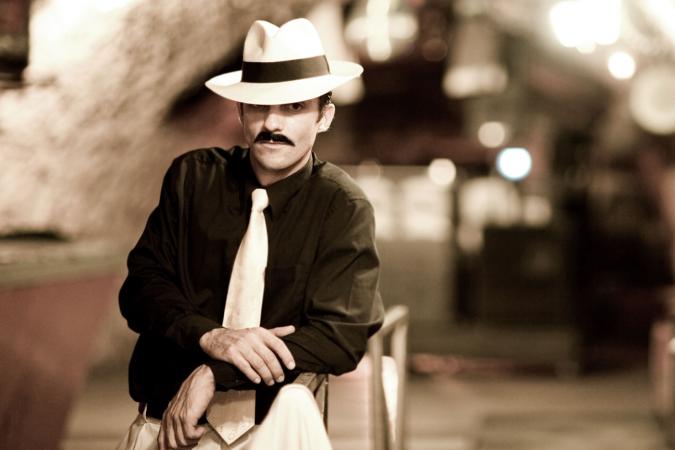
In the US, menswear had begun to get away from the conventional khaki and impartial tones of tans and greens to bolder shades and unmistakable examples. This implied more brilliant suits, lighter tones, more vivid shirts, and easygoing apparel choices.
In any case, not every person invested all their free energy at speakeasies or wore semi-formal dresses and looser suits. Nor did everybody have the assets for things like this.
During the Thundering 20s, styles from everywhere the world especially Europe - were advancing across the sea. In spite of the fact that recreation clothing got some decent forward momentum, formal styles were still a lot of stylish.
For instance, men's proper night wear frequently incorporated a tuxedo, formal hat, and calfskin oxford shoes. For formal and semi-formal settings, men would frequently wear tweed, herringbone, or pinstripe suits in naval force blue, dim, or earthy colored tones. More established courteous fellows specifically still favored the exemplary formal hat over the fedora or derby cap, as well.
Alongside this, quite possibly of the greatest confusion about the Thundering 20s dress is that everything unquestionably revolved around style and glitz. In all actuality, while it was certainly assorted, it was still exceptionally reasonable and refined.
In the event that you're searching for a more precise portrayal of men's formalwear during this time, look at Downton Convent. Certain angles, for example, the cap styles and thin, tightened pants were additionally noticeable in the US at that point.
Are you loooking for the 1920's Men Fashion? if yes, you can read the step by step article. Style is an impression of the times, and during the Thundering 20s, the US developed at a fast speed as incredible financial change moved through the country.
With new freedoms and more riches, there was more cash to spend on the most recent cycles of design penetrating inside the incredible blend of a mecca. The immortal styles made during this time directed the earliest proclamations of design still being used today.
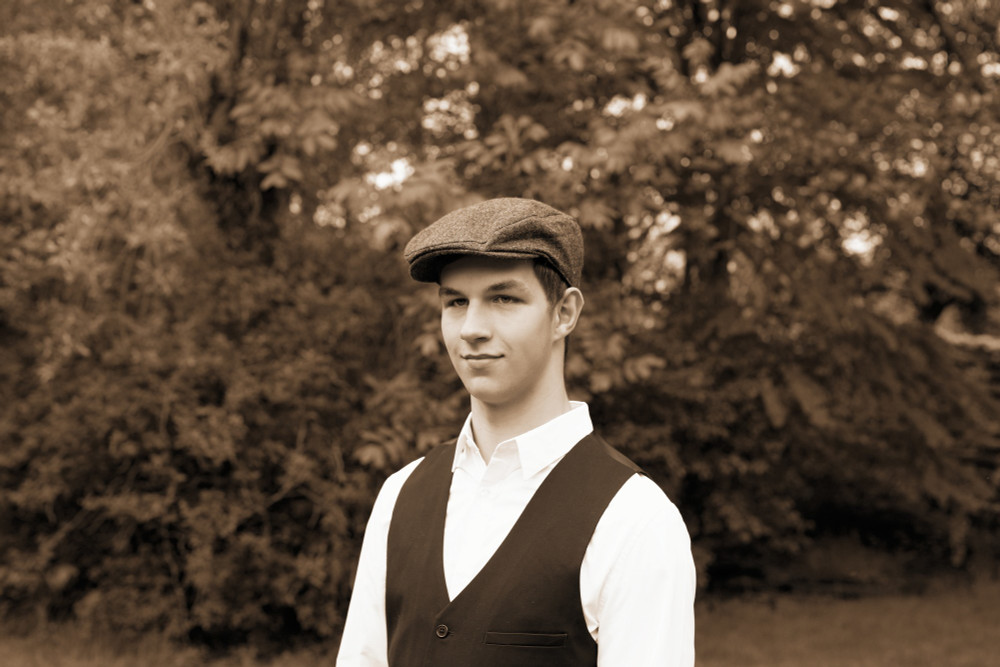
The 20s laid the preparation for both the working and exclusive class to partake in the tomfoolery and opportunity that style permitted. The neat and tidy look turned into a well known pattern for men, with numerous makers deciding on gentler material and looser fits.
Exquisite conventional wear turned out to be completely useful and customized flawlessly. Perfectly sized suit coats, tuxedos, and handcuffed pants with wrinkles made areas of strength for a for men of the period.
Easygoing wear turned out to be significantly more relaxed, with athletic apparel making its introduction to incorporate sweaters, loose jeans, jumpers, and covers matched with a wealth of accomplices to communicate their thoughts.
The 20s likewise saw style leave from unbending, sturdier textures to additional normal strands that considered greater development. Garments made in cotton, fleece, cloth, and engineered strands like rayon turned into the standard.
New creation procedures brought about lighter garments, more assortment, and gentler surfaces which converted into weaved sweatshirts, pullovers, and traditional shirts to coordinate with a great many caps for a cleaned outline.
Occasional design cycles became ordinary during the 1920s, offering people the chance to change their styles like clockwork founded on the patterns at that point. In menswear, this implied a create some distance from khaki and impartial tones and more towards more splendid suits, more brilliant shirts, and designed pants as relaxed dress choices.
Formal menswear likewise experienced a slight change as formal night clothing at the time incorporated a tuxedo, formal hat, and Oxford shoes produced using cowhide.
For semi-formal events, men had the choice of wearing tweed, pinstripe suits in blue, dark, or other quieted varieties, or even herringbone. More seasoned men of the period actually inclined towards derby caps and fedoras at that point.
While the 20s could be in with no reservations when it came to style and glitz, the period was likewise about refinement and common sense - tightened pants and thin fits additionally acquired ubiquity during this time, affecting menswear as it is characterized today.
Incorporating The 20s Into Your Modern Closet
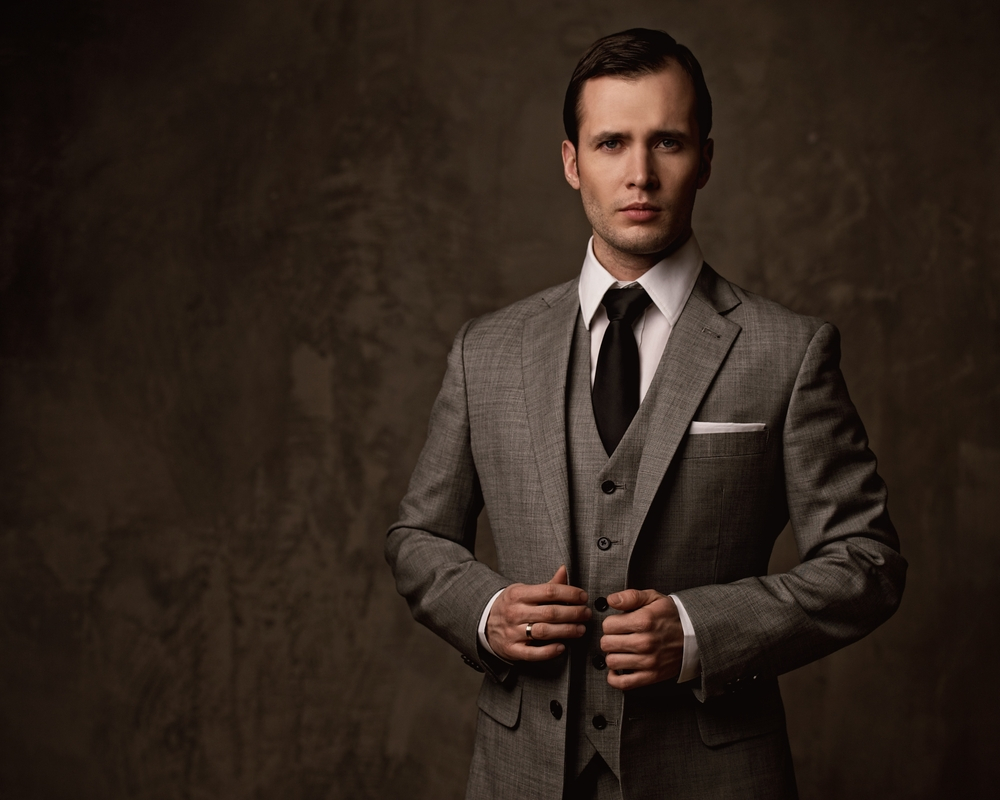
On the off chance that you're hoping to emulate the exemplary looks of the Thundering 20s in America, coming up next are rules viewed as quintessential components of 1920s style.
Jackets
Men's coats worn during the 20s took their essential motivation from morning layers of the times and were consequently sliced to highlight midsections and a particular outline.
They were for the most part twofold breasted and produced using sturdier textures like fleece and incorporated a securing position of a few buttons with the front coats some of the time remove and a body fixed with silk through premium fitting. Albeit lighter textures have now been tossed in with the general mish-mash, the style stays the true one in present day menswear.
Tweed stayed a most loved material for country wear, while cotton and cloth textures governed the hotter seasons. Across all seasons during the 20s saw the rise of lighter textures contrasted with the principles of the day.
Jacketing during this time with their lower fastening position and more extensive lapels additionally laid the diagram for the advanced matching suit worn in present day times. For a more current methodology that doesn't overlook the inconspicuous contrasts, make certain to look at the lapel shape, pockets, gorge level, and textures.
Shirts
For most of the 20s, shirts commonly were strong in variety or with differentiating vertical stripes to stand apart under petticoats and coats. Before the decade's over, pastel tones had turned into a pattern, with more youthful men wearing shirts produced using cotton with turndown tones and single sleeves.
However moderately well known in the advanced period, short sleeves actually were somewhat exceptional at that point, with most men actually moving sleeves up on hotter days.
Pants
Fuller cut, level front jeans were the staple during the beginning of the 20s and were regularly produced using cotton or fleece material, tight around the midsection with wide legs, albeit straight of bound legs were the norm.
Before the decade's over, tightened suit pants were the standard and are as yet a fundamental component of men's style. Single creases and side cinchers arose during this period, with examples and varieties rapidly turning into the pattern. This included plaid, tweed, and stripes in dark, khaki, and dim tones. Men today have adaptability in choices to go loose or fitted relying upon their own fashion awareness.
Vests
The 20's introduced another clothing regulation for men as vests and petticoats were as of now not compulsory. While certain men at the time picked not to wear them by any means, those that chose to wear them wore those with a lower cut and either score lapels or no lapels.
Thin and fitted petticoats turned into the vibe of the day, with vests took toward the front and single-breasted. Men of lower financial status during the time would coordinate a decent tweed or sewn vest in strong varieties like dark, blue, or dim with matching jeans.
The expansion of a vest was viewed as then - as it is presently - a raised casual look that offered greater flexibility to a man's closet.
Outerwear
Outerwear during the 20s was heavier and more fitted than current dress, as a general rule accessible in hazier quieted colors. At first, brown and dark were the essential tones for suits, yet were immediately displaced by a really complimenting shade for all men - naval force blue.
Jackets would in general arrive at underneath the knee and included expansive shoulders and wide lapels with silk lining saved for additional lavish renditions.
Men’s Accessories Emerge In The 1920s

Hats
If any area of menswear encountered a genuine renaissance, it was through caps, which were worn by all classes of men a wide range of ways. While the high society favored a formal hat, working class men of the period went towards trilby and fedora caps. During this period, a man's closet comprised of caps intended for both formal and easygoing occasions.
From bowler and trilby caps for formal events to paperboy and tweed covers for games, men had a scope of varieties and examples to browse to emphasize their suits.
To highlight them considerably more, more snappy headpieces included strips or quills to add a bit of refinement and class to an outfit. In present situations, men have a much more extensive scope of choices with regards to headgear.
Pocket Squares
Intended to raise a men's suit, pocket squares produced using silk or material carried a pop of variety to outfits and a hint of class. Conveniently collapsed and an unquestionable requirement for smart menswear, pocket squares were intended to match the tie, cap band, or shirt tone.
Watches
The superior brands of today started their reign in the watchmaking industry during the 1920s Men Fashion, with fighters advocating the embellishment because of their usefulness. Extravagance looks for the tip top before long were popular, and Rolex and comparable premium retailers developed their conventional lines by creating the primary wristwatch produced with valuable metals.
In the mean time, more reasonable watches for the typical man were likewise evolved and became necessary to standard culture.
Eyewear
Glasses were viewed as an upscale style frill during the 20s, with round displays and horn-rimmed glasses that sat on the extension of the nose famous.
Eyewear brands stretched out their assortments as of now to include oval and octagonal glasses and sportier forms made with thicker casings and muffled or tortoiseshell tones.
Ties
The extra which went through the most sensational change in menswear were ties, which had recently been weighty, inadequately built, and creased seriously, compromising a man's endeavors at a cleaned appearance. Ties turned out to be to a greater extent a key extra during the 1920s, with additional choices accessible to men that included plaids, level stripes, as well as strong varieties in grouping of tints.
A Man’s Right To Shoes In The 1920s
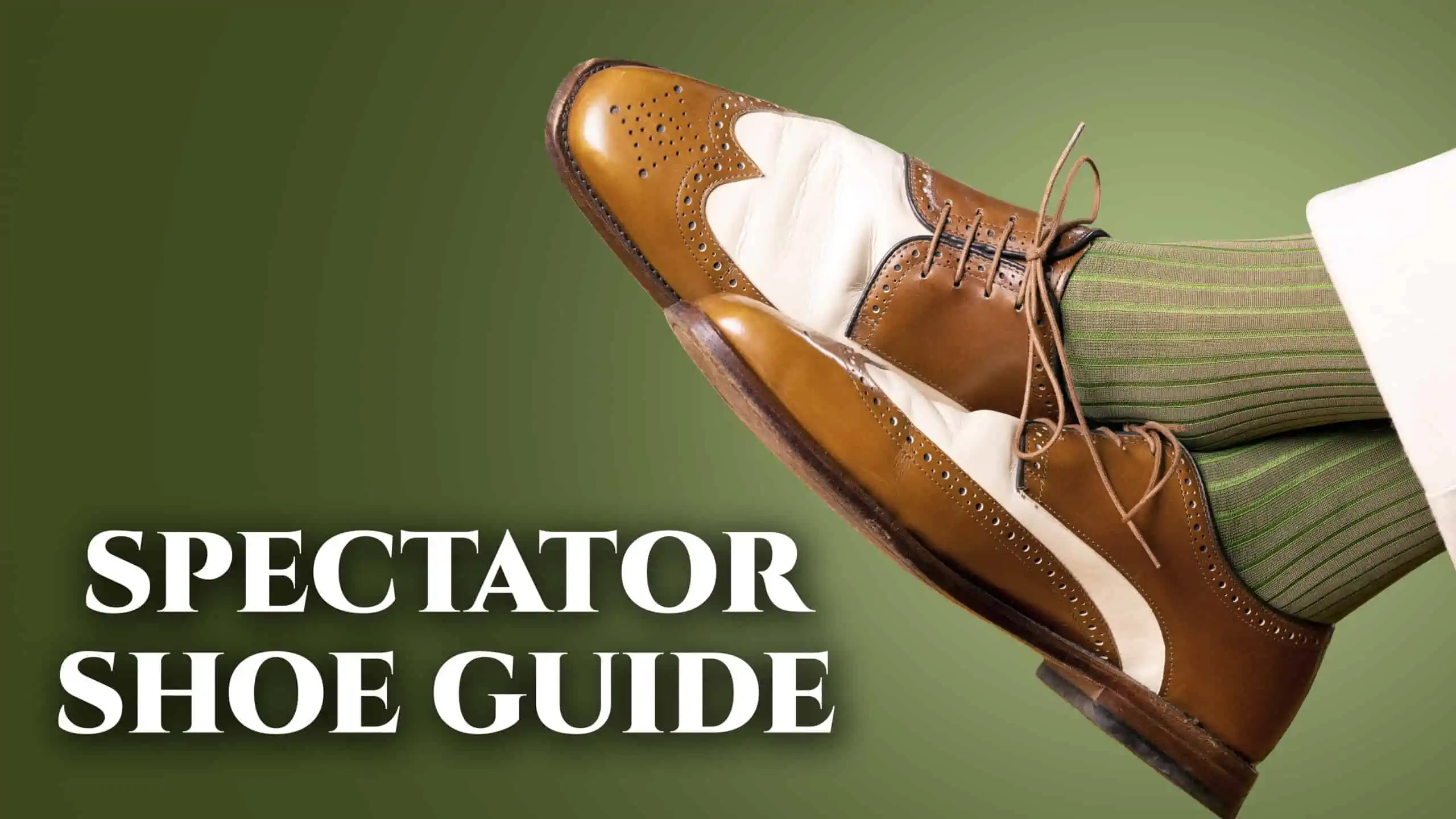
Men's shoe wear took a sensational turn during the 20s, when the Oxford shoe turned into a pattern in the US, outweighing different styles that included decorated loafers, wingtip shoes, patent cowhide shoes, work boots, sports shoes, and winter boots.
Most shoes of the time were built exclusively of cowhide or with material as a blend. In spite of the fact that shades of dark, brown, and white were common, the 20s likewise achieved a smidgen of pizazz by offering two-tone tones, with Wingtips offered an option in contrast to conventional calfskin shoes.
Men’s Formal Dress In The 20s
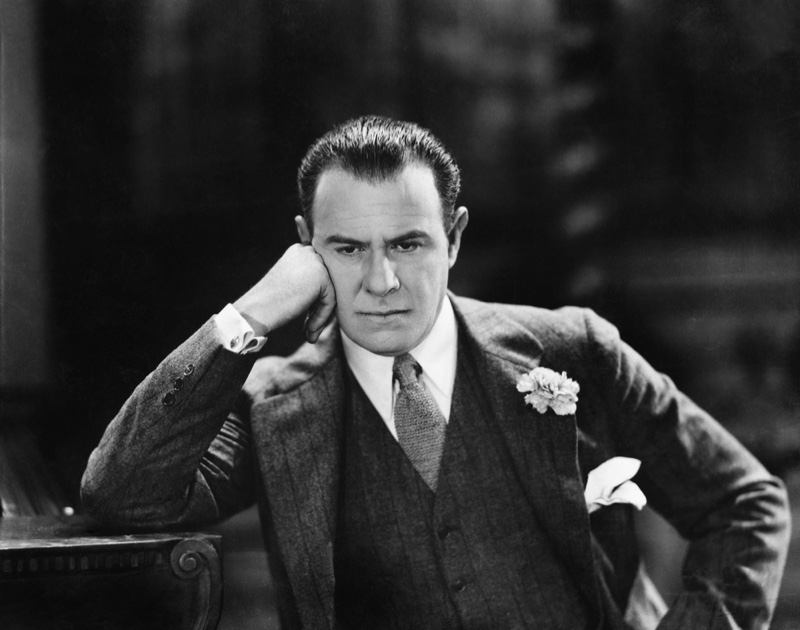
Lovingly alluded to as The Thundering 20s, menswear during the ten years started an extraordinary move towards less moderate styling to a less proper look that was straightforwardly impacted by a few variables, fundamentally the Universal Conflict, jazz, and the mixture starting to arise across America.
This was the point at which most of men, regardless of their group, wore suits as the day progressed and into the evening, with additional unbending varieties worn for specific events.
Formal occasions for men during the 20s directed either a dark or dim naval force suit or tuxedo. Tailcoats for tuxedos during the period highlighted a followed at the back, with formal tuxedos intended for more solace and development.
Tuxedos or suits frequently accompanied a matching formal hat, with white ties worn to formal occasions and dark ties turning out to be progressively famous.
Casual Menswear In The 20s
Unfastened shirts that highlighted more brilliant tints and stripes started to drift close to this time, with more youthful men choosing milder necklines or even no necklines by any means, as seen on henley shirts.
FAQ's - Men's Fashion from the 1920s
What should a person wear to a 1920s party?
Fortunately parties, champagne pinnacles, trombones and tuxes generally remain closely connected. It implies you can leave nothing to chance with an exemplary tux, wrapped up with a dress shirt and a tie. Perhaps gesture to 1920s men's fashion with a pinstriped petticoat.
What did men normally wear during the 1920s?
Despite the fact that recreation clothing got some decent forward movement, formal styles were still a lot of stylish. For instance, men's proper night wear frequently incorporated a tuxedo, formal hat, and calfskin oxford shoes. For formal and semi-formal settings, men would frequently wear tweed, herringbone, or pinstripe suits in naval force blue, dark, or earthy colored tones.
How did young men dress during the 1920s?
Young men wore diminutive jeans with matching coats or short overalls and shirts. More seasoned young men's clothing all the more firmly paired that of men: pants, long jeans, and conservative shirts.
What is a 1920s mens cap called?
Most working class men wore a dark or earthy colored felt bowler or derby cap on their head. The fedora cap and Homburg cap were coming into prevalence as a money manager's cap or as a rich criminal's cap, and the formal hat was as yet worn for formal events.
For what reason did men wear formal hats during the 1920s?
Formal hats were the conventional cap of the period for night wear as they had been for a long time beforehand. Formal hats were produced using either silk or beaver fur and offered an extremely exquisite expression. Courteous fellows would have their formal hats specially made.
Did men wear twofold breasted suits during the 1920s?
In the mid 1920s there was a wide assortment of suit styles accessible, both in single and twofold breasted styles. In the UK and numerous different nations the outline stayed a generally thin suit, with limited lapels and a characteristic shoulder. The button position on suits was by and large moderately high.


